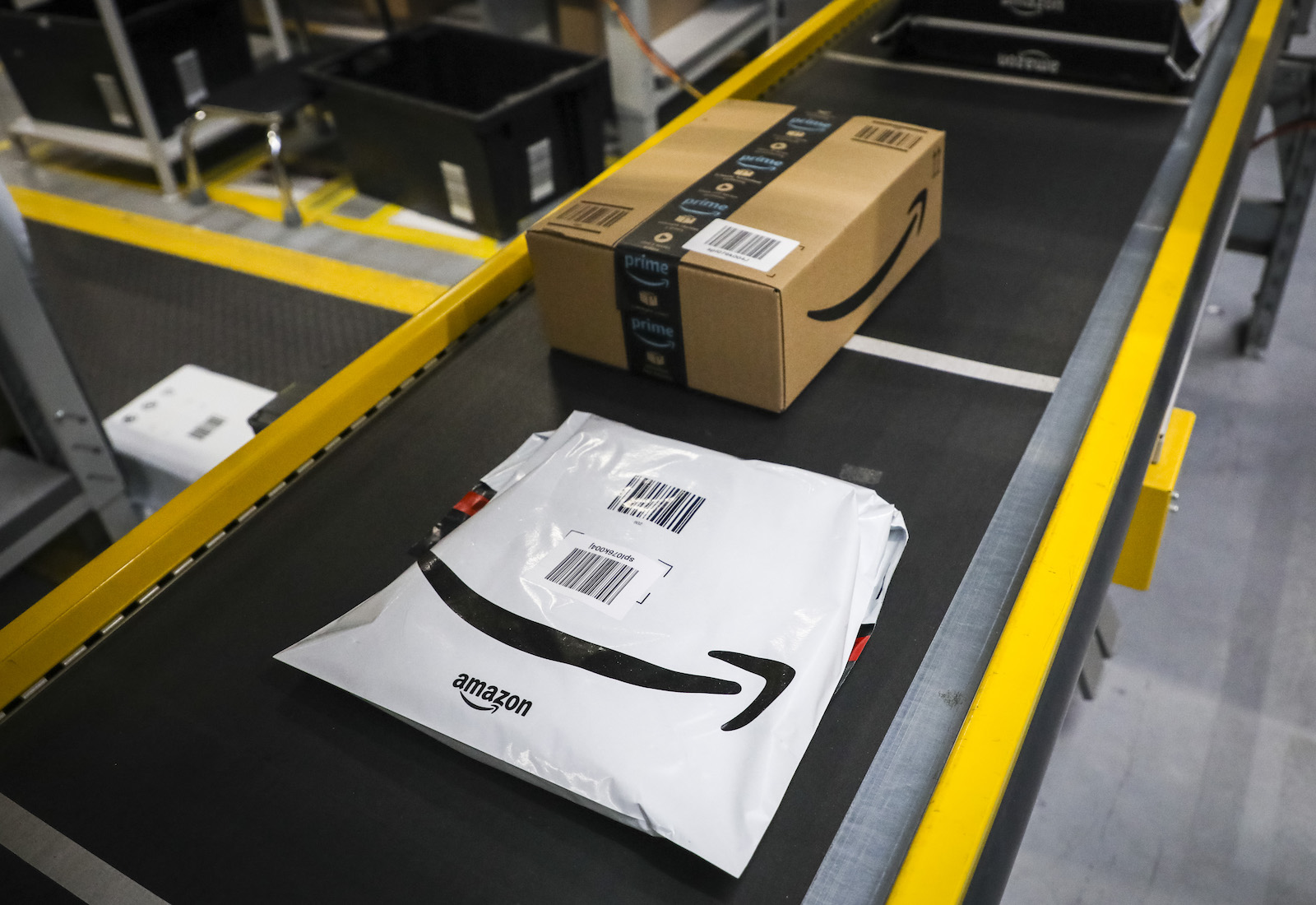Traveling the world allows us to broaden our horizons, experience new cultures, and create lifelong memories. However, it’s crucial to consider the environmental impact of our journeys. In this blog, we delve into the concept of eco-friendly travel, highlighting the importance of sustainable practices and providing practical tips for minimizing our carbon footprint while exploring the wonders of the world.
Understanding Eco-Friendly Travel
Eco-friendly travel, also known as sustainable travel or responsible tourism, refers to a mindful approach to exploring the world that minimizes negative impacts on the environment, supports local communities, and promotes cultural preservation. It involves making conscious choices that prioritize environmental sustainability and social responsibility.
Choosing Sustainable Accommodation
One of the key aspects of eco-friendly travel is selecting accommodation that aligns with sustainable practices. Consider staying in eco-lodges, eco-hotels, or certified green accommodations that prioritize energy efficiency, water conservation, waste management, and the use of renewable resources. Look for certifications like LEED or Green Globe to ensure that your accommodation meets recognized sustainability standards.
Opting for Sustainable Transportation

Transportation has a significant impact on the environment. To minimize your carbon footprint while traveling, choose sustainable transportation options whenever possible. Consider taking public transportation, cycling, or walking to explore local destinations. If flying is necessary, try to book non-stop flights, as takeoffs and landings contribute most to carbon emissions. Additionally, consider carbon offset programs to neutralize the environmental impact of your flights.
Embracing Local Culture and Communities
Eco-friendly travel involves supporting and respecting local communities and cultures. Engage in responsible tourism practices by learning about the local customs, traditions, and languages before your trip. Support local businesses, artisans, and sustainable tourism initiatives to contribute to the local economy and preserve cultural heritage. Respect the environment and local guidelines, ensuring that your presence has a positive impact on the community.
Minimizing Waste and Single-Use Plastics
A critical aspect of eco-friendly travel is reducing waste and minimizing the use of single-use plastics. Bring a reusable water bottle and refill it from safe water sources. Carry a reusable shopping bag, utensils, and a travel mug to avoid disposable items. Dispose of waste responsibly, following local recycling and waste management practices. Leave no trace and strive to leave destinations cleaner than you found them.
Supporting Conservation and Wildlife Protection
Participate in eco-friendly activities that support conservation efforts and wildlife protection. Choose responsible wildlife tours and activities that prioritize animal welfare and conservation. Avoid activities that exploit or harm animals for entertainment purposes. Respect natural habitats and adhere to guidelines for wildlife viewing to minimize disturbance to the ecosystem.
Promoting Sustainable Souvenirs and Products

When purchasing souvenirs or local products, opt for sustainable and ethically sourced items. Choose locally made handicrafts, organic products, and goods that support fair trade practices. Avoid purchasing products made from endangered species, coral, or other environmentally sensitive materials.
Spreading Awareness and Inspiring Others
As an eco-friendly traveler, you have the power to inspire others. Share your experiences and knowledge through social media, blogs, or conversations, promoting sustainable travel practices and encouraging others to follow suit. By spreading awareness, you can contribute to a global movement towards more responsible and eco-friendly tourism.
Eco-friendly travel is about exploring the world while respecting and preserving the environment, supporting local communities, and fostering cultural appreciation. By making conscious choices, embracing sustainable practices, and spreading awareness, we can ensure that our travels leave a positive impact on the planet and create a more sustainable future for generations to come. Let’s embark on our journeys with a sense of responsibility, allowing us to explore and experience the world while nurturing and protecting it.
What are your thoughts on eco-friendly travel? Tell us everything in the comments below.


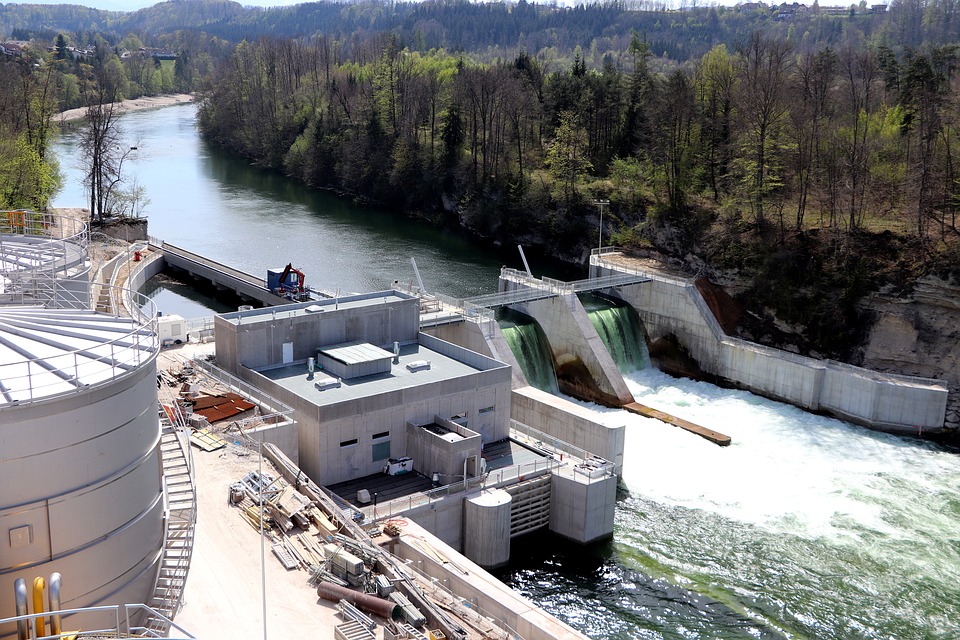

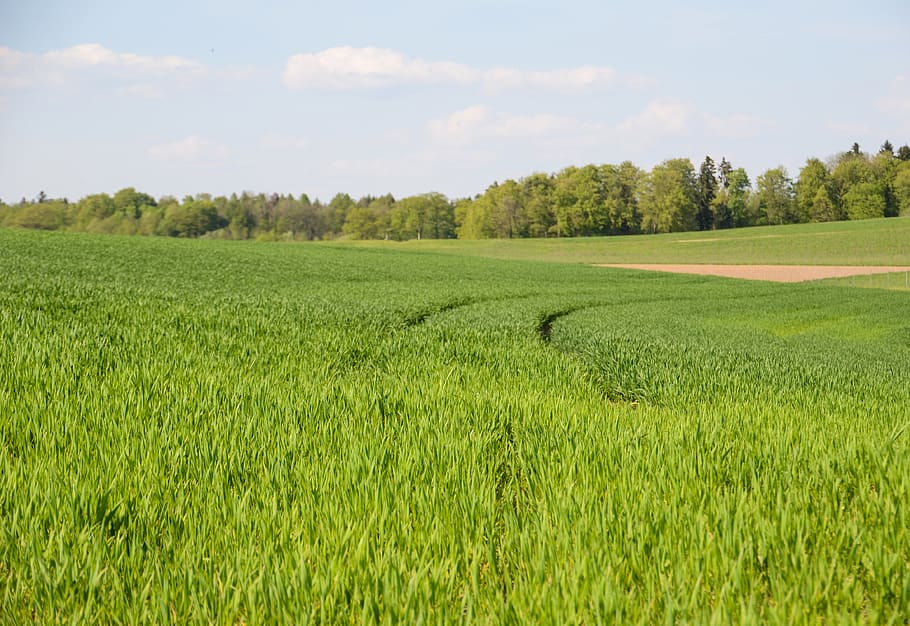
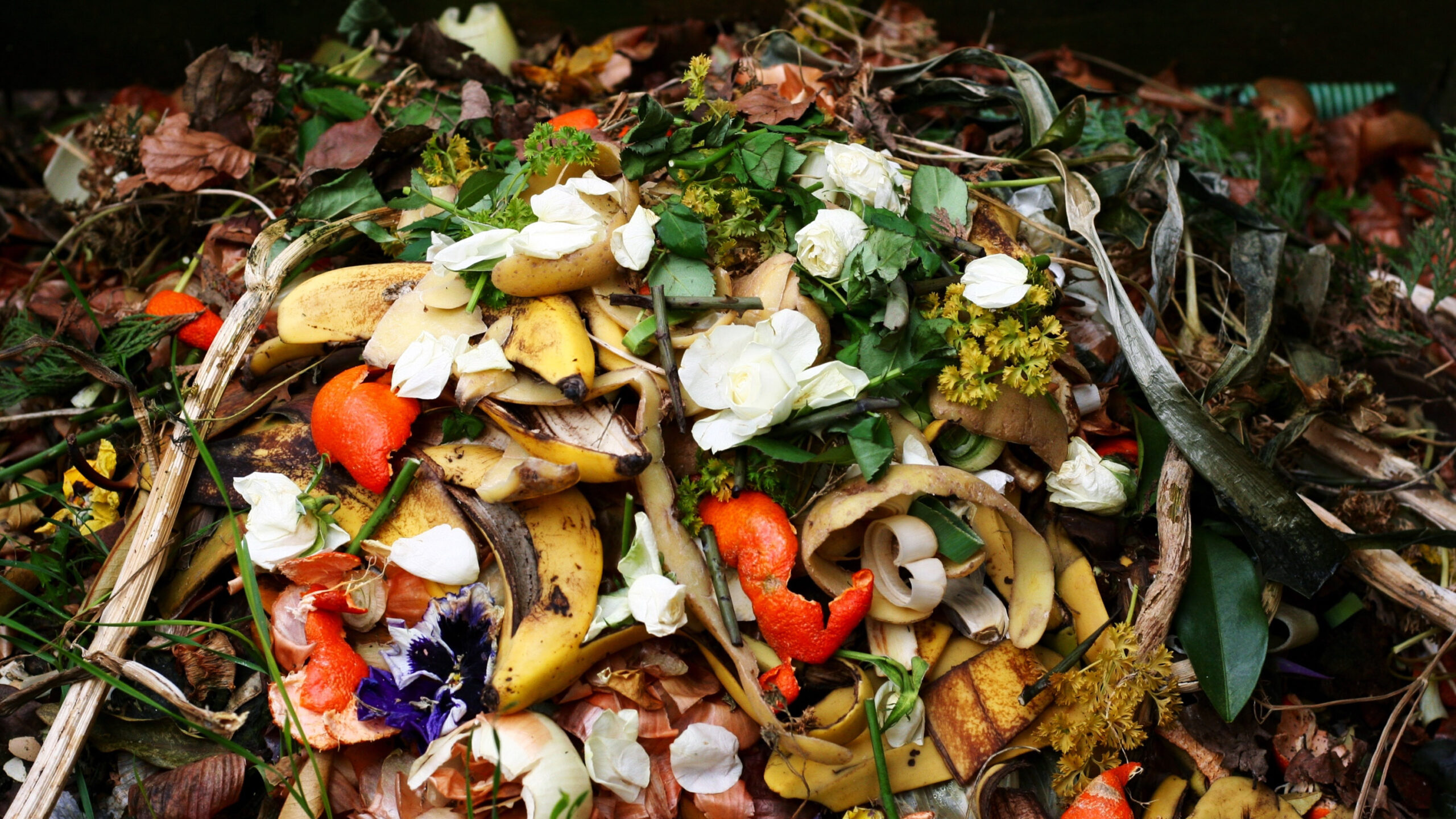

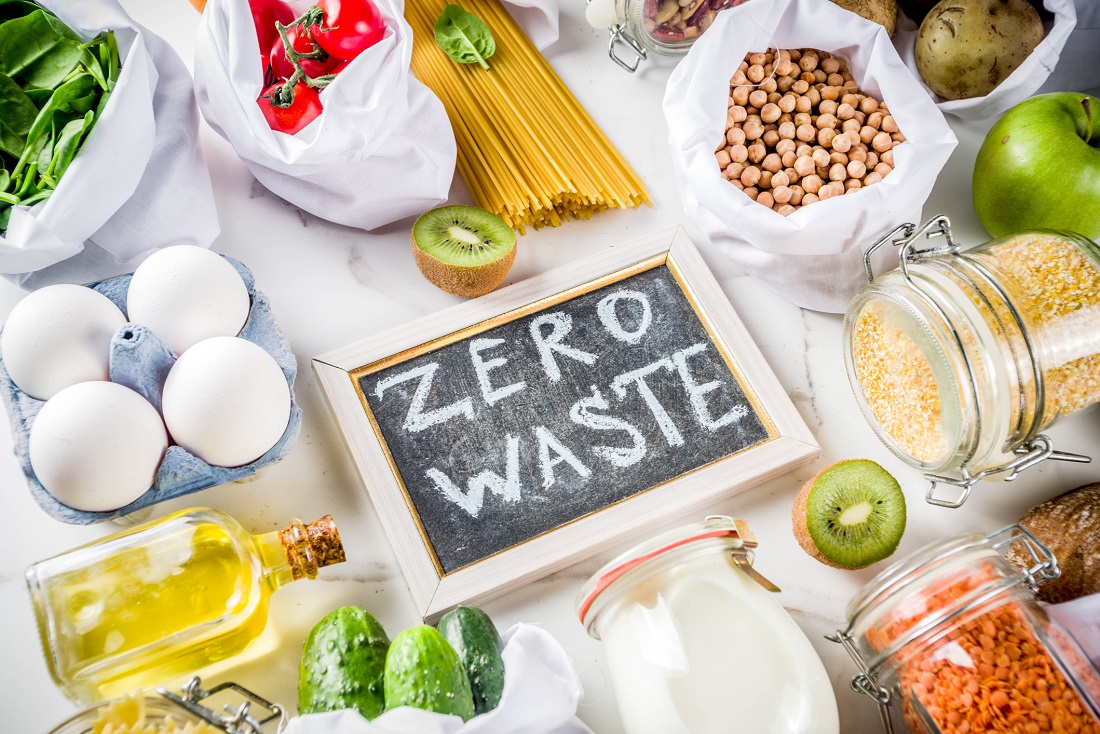

 Before starting any business, it is important to define your goals and values. With green businesses, the goal is to create a sustainable and eco-friendly business model. This can involve reducing waste, conserving resources, and minimizing the carbon footprint. It is important to establish your values and communicate them to your employees, customers, and stakeholders. This will help build trust and credibility in your business and attract like-minded individuals.
Before starting any business, it is important to define your goals and values. With green businesses, the goal is to create a sustainable and eco-friendly business model. This can involve reducing waste, conserving resources, and minimizing the carbon footprint. It is important to establish your values and communicate them to your employees, customers, and stakeholders. This will help build trust and credibility in your business and attract like-minded individuals. Promoting your green business is essential to attract customers and build brand awareness. You can use various marketing strategies to promote your business, such as content marketing, influencer marketing and social media marketing. You should also attend green business events and participate in sustainability initiatives to build your network and increase your visibility. By promoting your green business, you can reach a wider audience and then establish yourself as a leader in the industry.
Promoting your green business is essential to attract customers and build brand awareness. You can use various marketing strategies to promote your business, such as content marketing, influencer marketing and social media marketing. You should also attend green business events and participate in sustainability initiatives to build your network and increase your visibility. By promoting your green business, you can reach a wider audience and then establish yourself as a leader in the industry.



